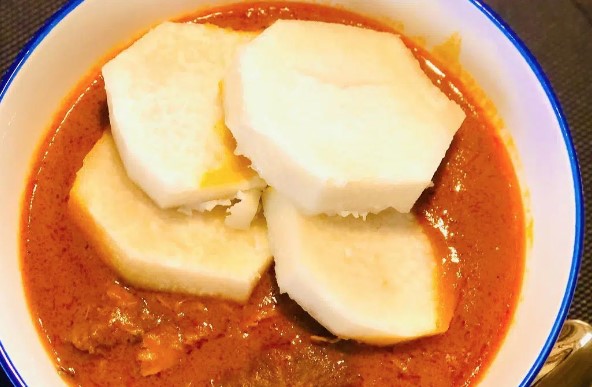Introduction
Tongan cuisine is rich in flavor, culture, and diversity. One staple ingredient that can be found in almost every Tongan dish is taro. Taro is a starchy root vegetable that is an essential part of the Tongan diet. It is widely used in traditional dishes and is also a symbol of community and cultural identity.
Taro in Tongan Culture
Taro has been a vital part of Tongan culture for generations. It is considered a sacred crop and is often grown in family gardens and used in cultural ceremonies. The planting and harvesting of taro are also significant events in Tongan communities. During the planting season, families come together to share in the work and the harvest is celebrated with a feast. Taro is also a symbol of wealth and prosperity in Tongan culture.
Nutritional Value of Taro
Taro is a highly nutritious vegetable. It is rich in fiber, vitamins, and minerals, and is an excellent source of complex carbohydrates. Taro also contains protein and is low in fat and sodium. It is an excellent food for people with diabetes as it has a low glycemic index and can help regulate blood sugar levels.
Taro Preparation Techniques
Taro can be prepared in many ways, including boiling, steaming, roasting, and frying. In Tongan cuisine, taro is often cooked in an umu, or underground oven, which gives it a unique smoky flavor. Taro leaves are also used in cooking and are a popular ingredient in traditional Tongan dishes.
Taro Dishes in Tongan Cuisine
Taro is a versatile ingredient that can be used in both sweet and savory dishes. Some popular taro dishes in Tongan cuisine include lu pulu (taro leaves cooked in coconut cream), faikakai (taro cooked in an underground oven), and kulolo (a sweet pudding made with taro, coconut cream, and sugar). Taro is also used to make a popular beverage called otai, which is made with taro, coconut cream, and fruit.
Conclusion: Taro’s Importance in Tongan Cuisine
Taro is a significant ingredient in Tongan cuisine. It is deeply rooted in Tongan culture and is an essential part of the Tongan diet. Taro is not only a nutritious vegetable, but it is also a symbol of community, prosperity, and cultural identity. Its versatility in cooking has made it a staple ingredient in many Tongan dishes, both sweet and savory. Taro’s importance in Tongan cuisine cannot be overstated, and it will continue to play a vital role in Tongan culture and cuisine for generations to come.










